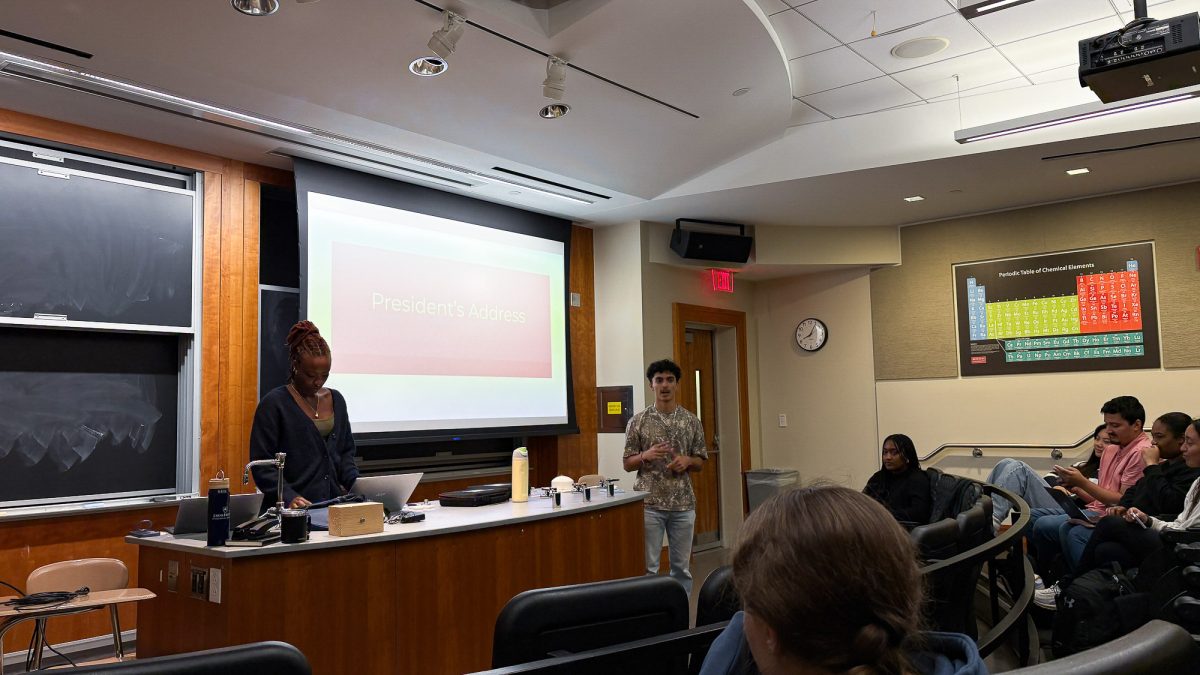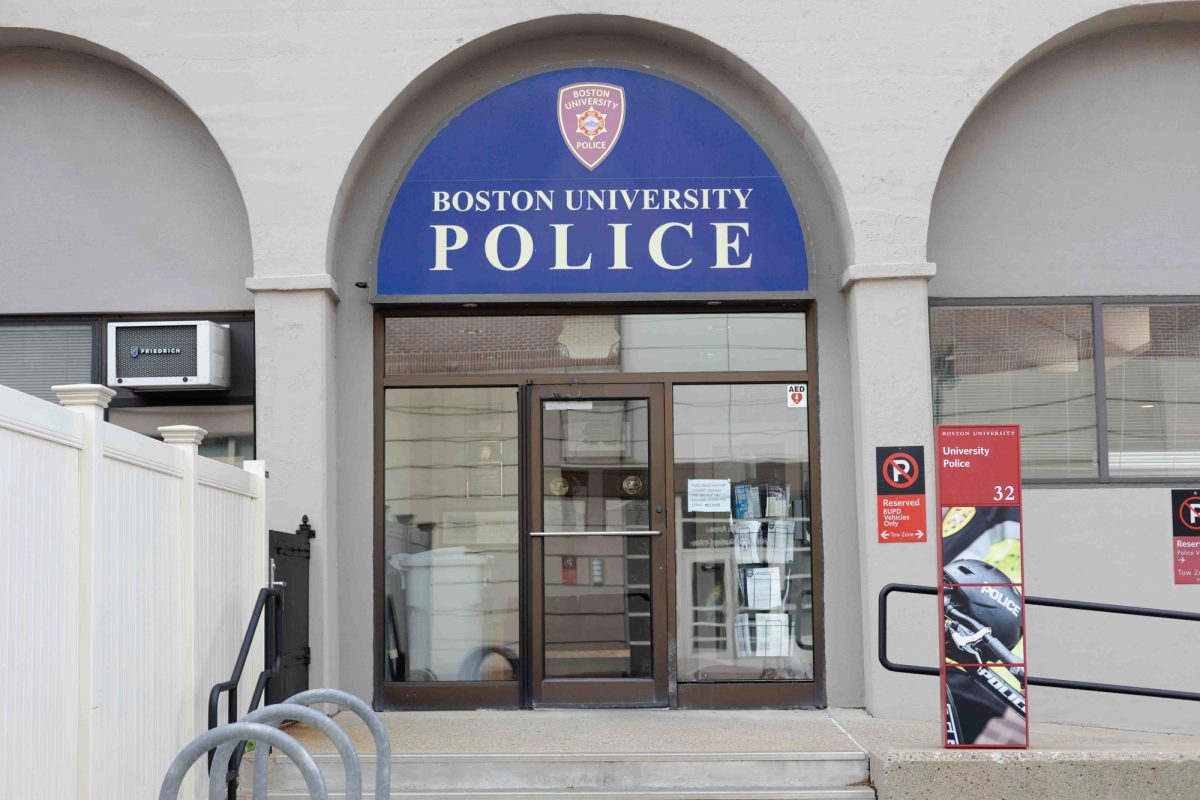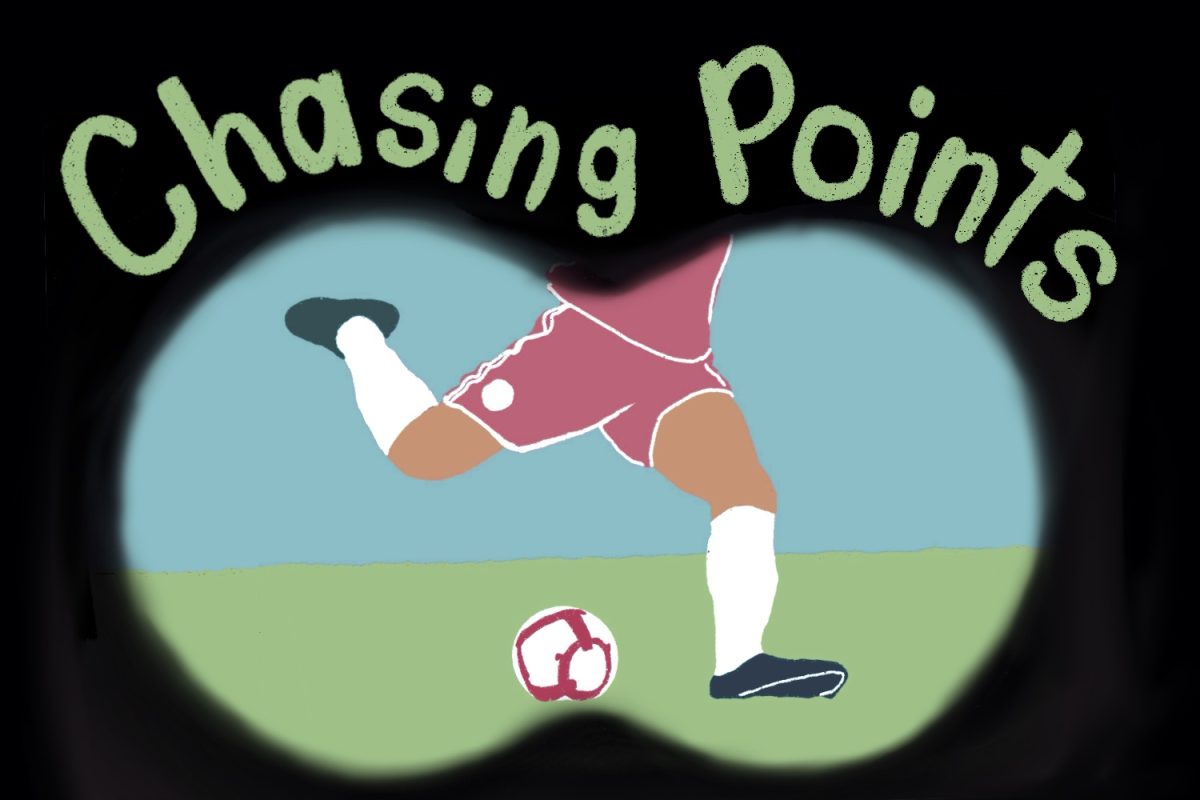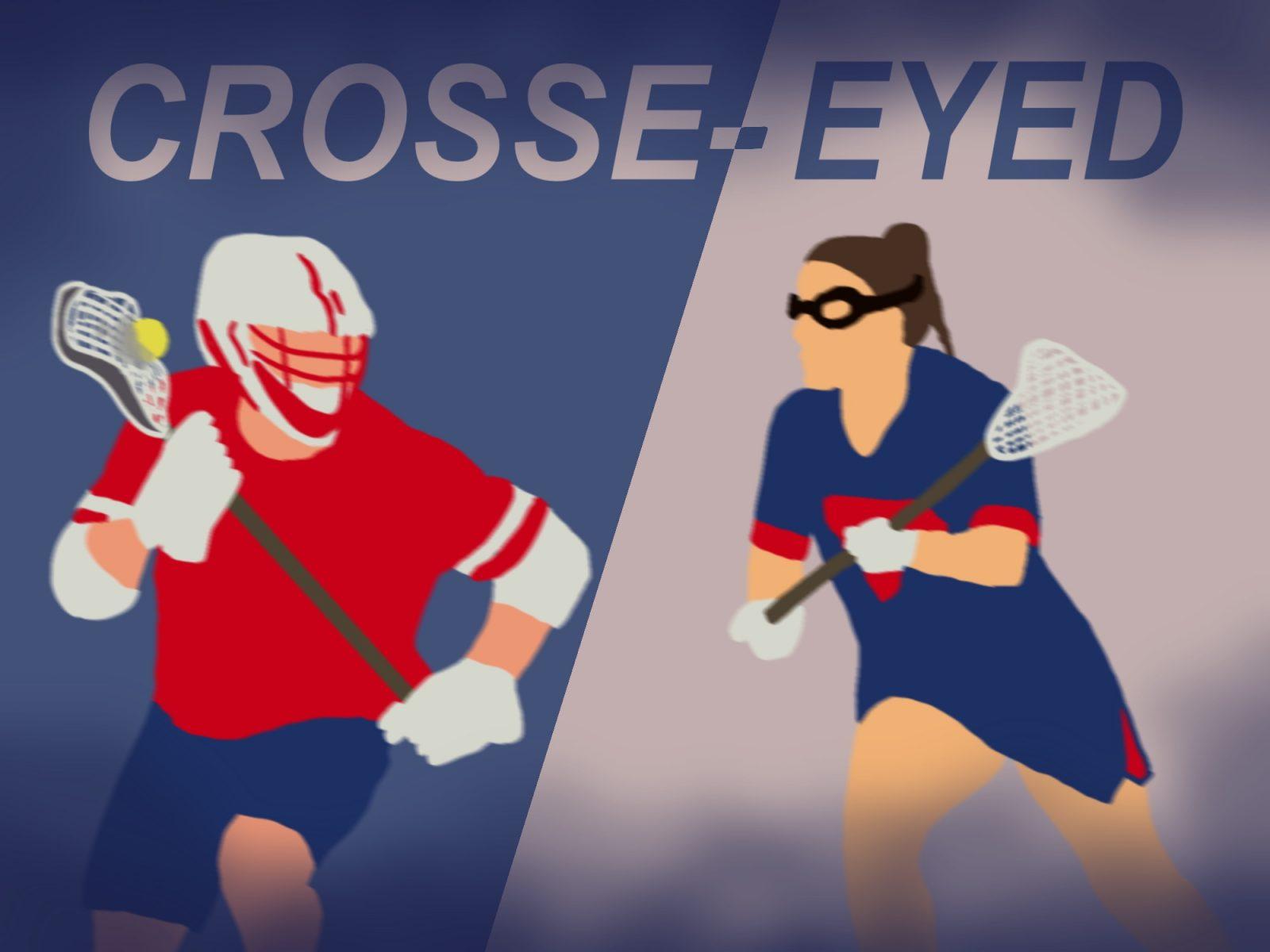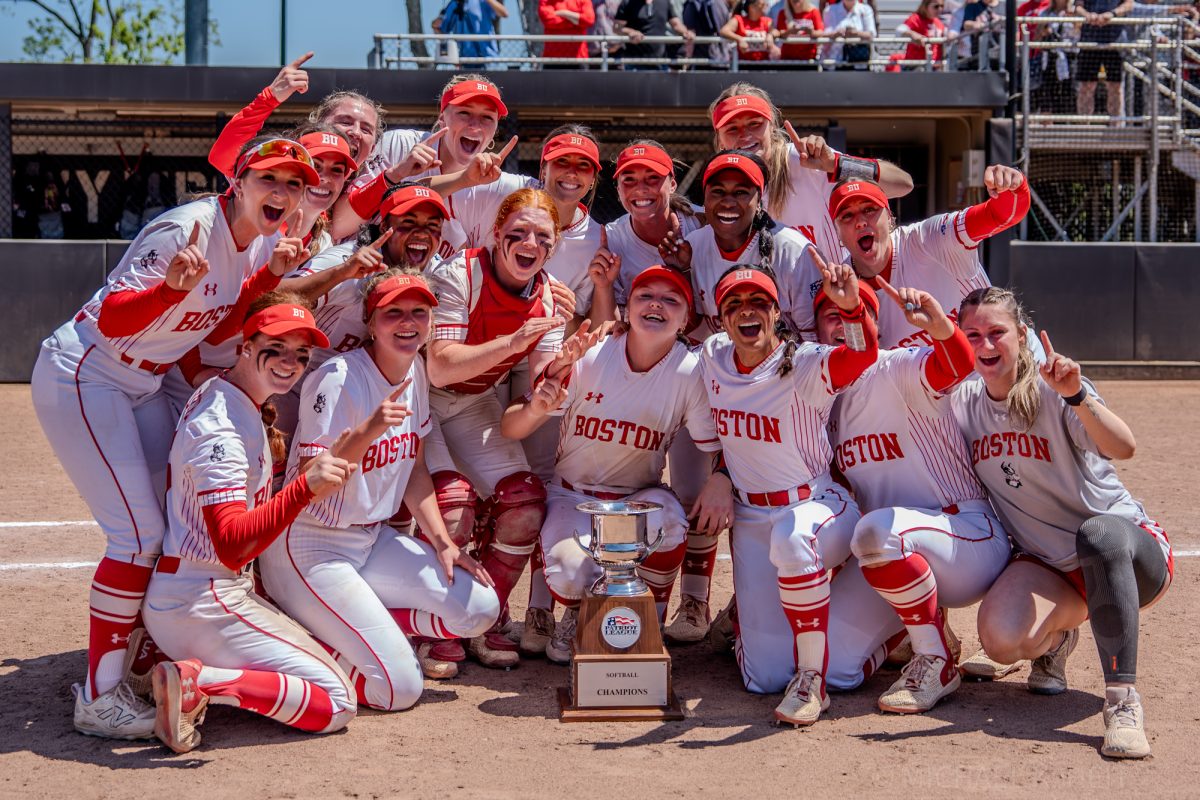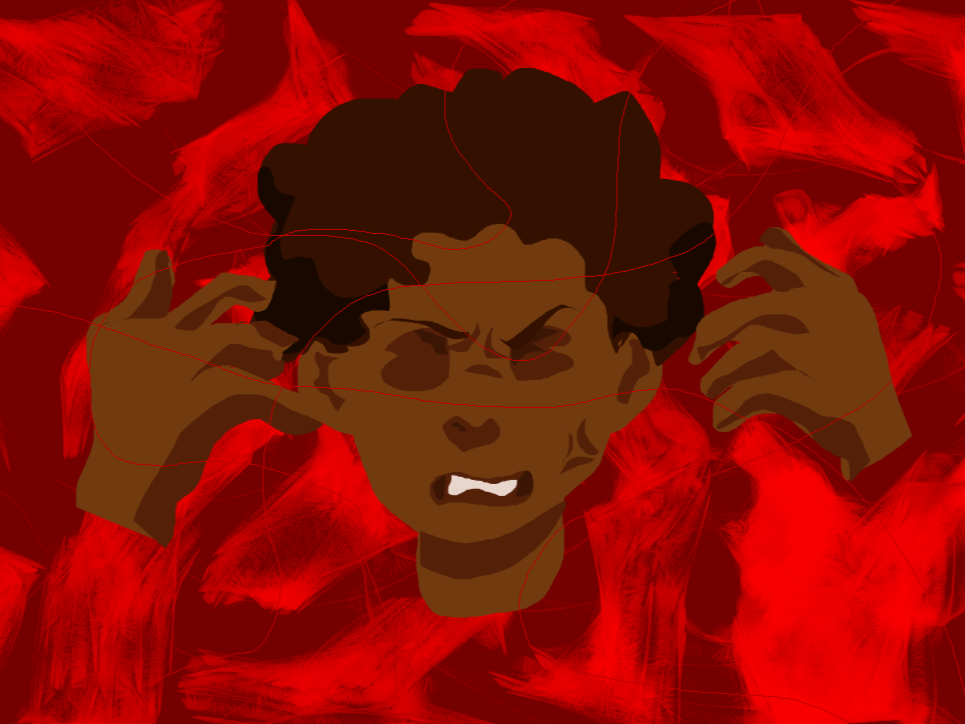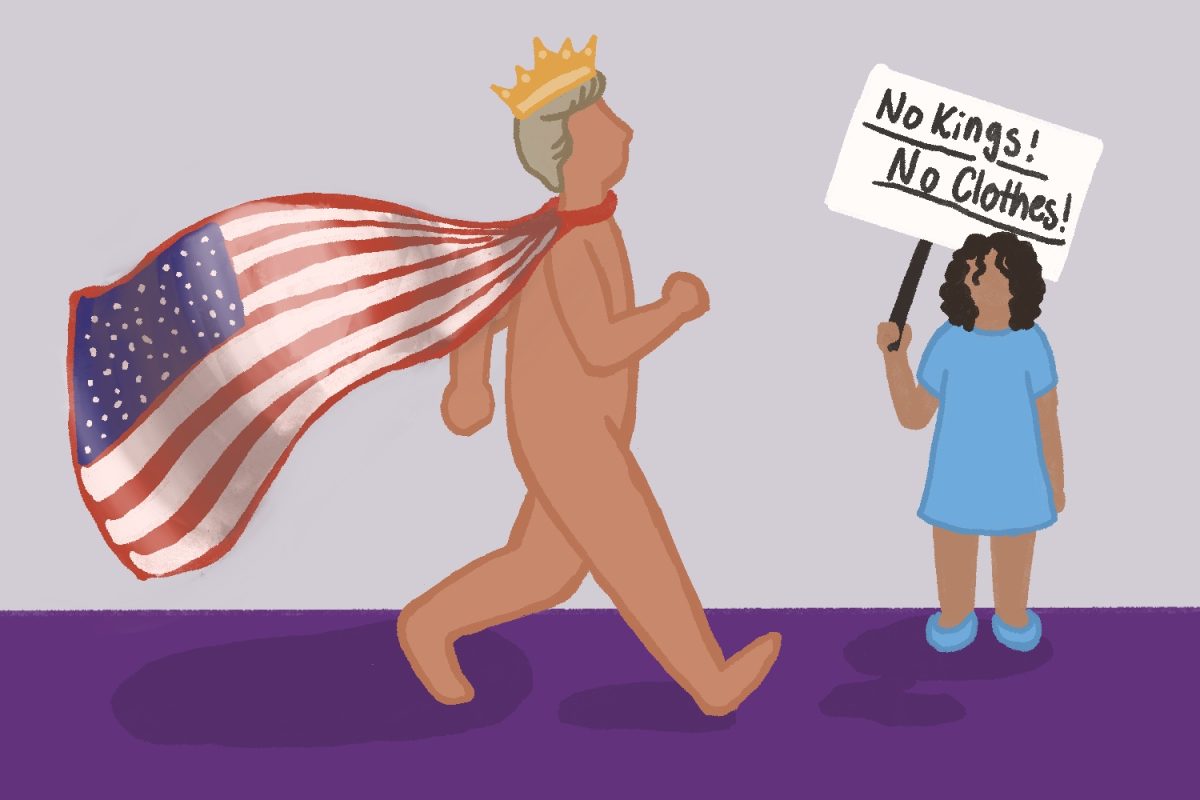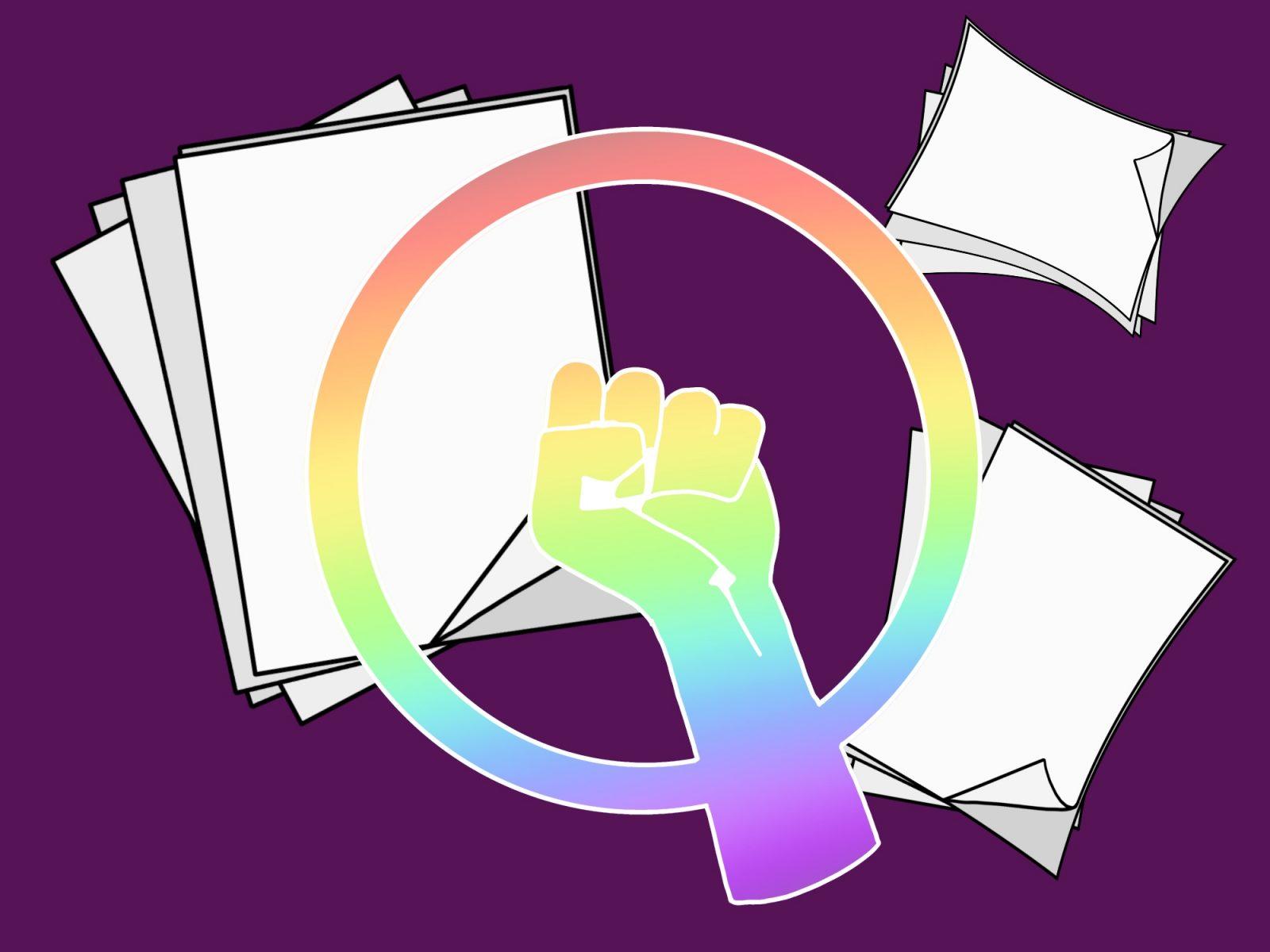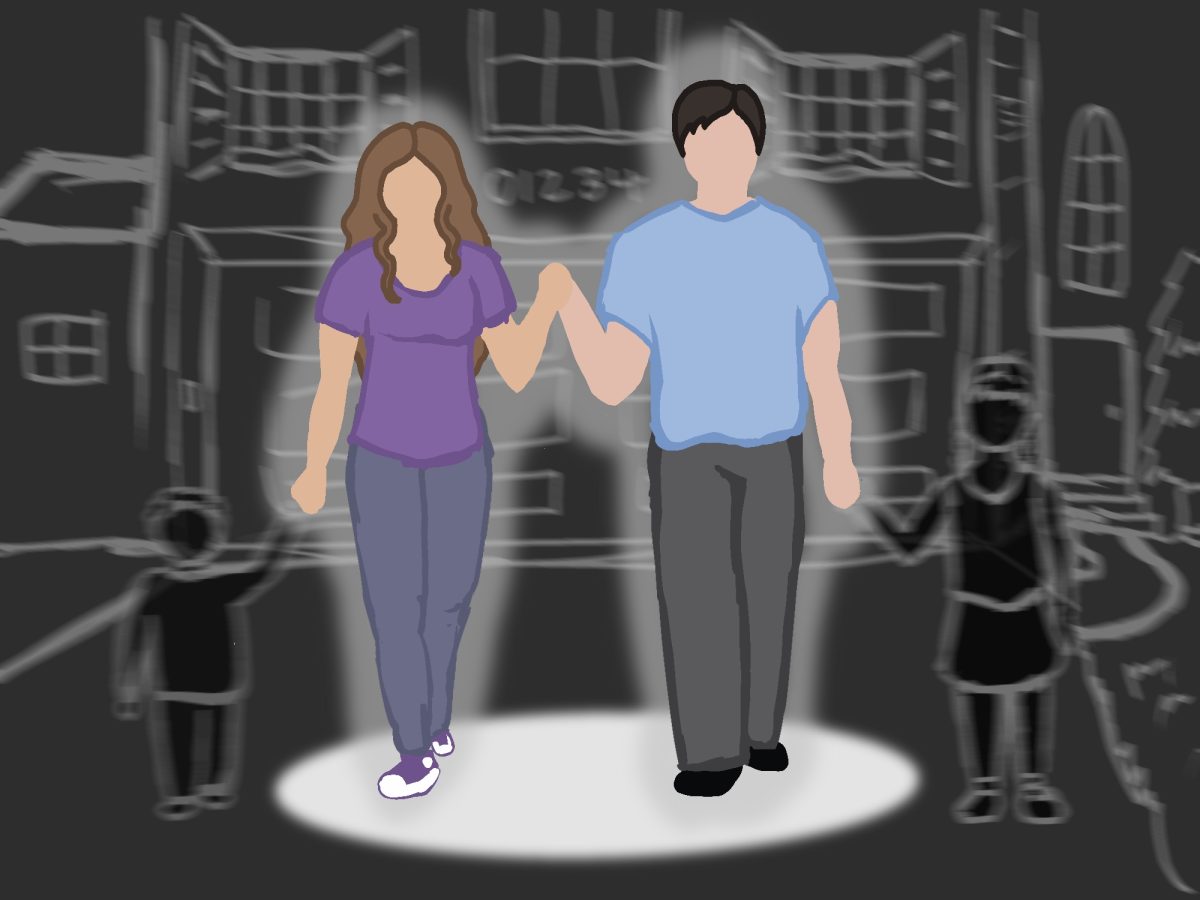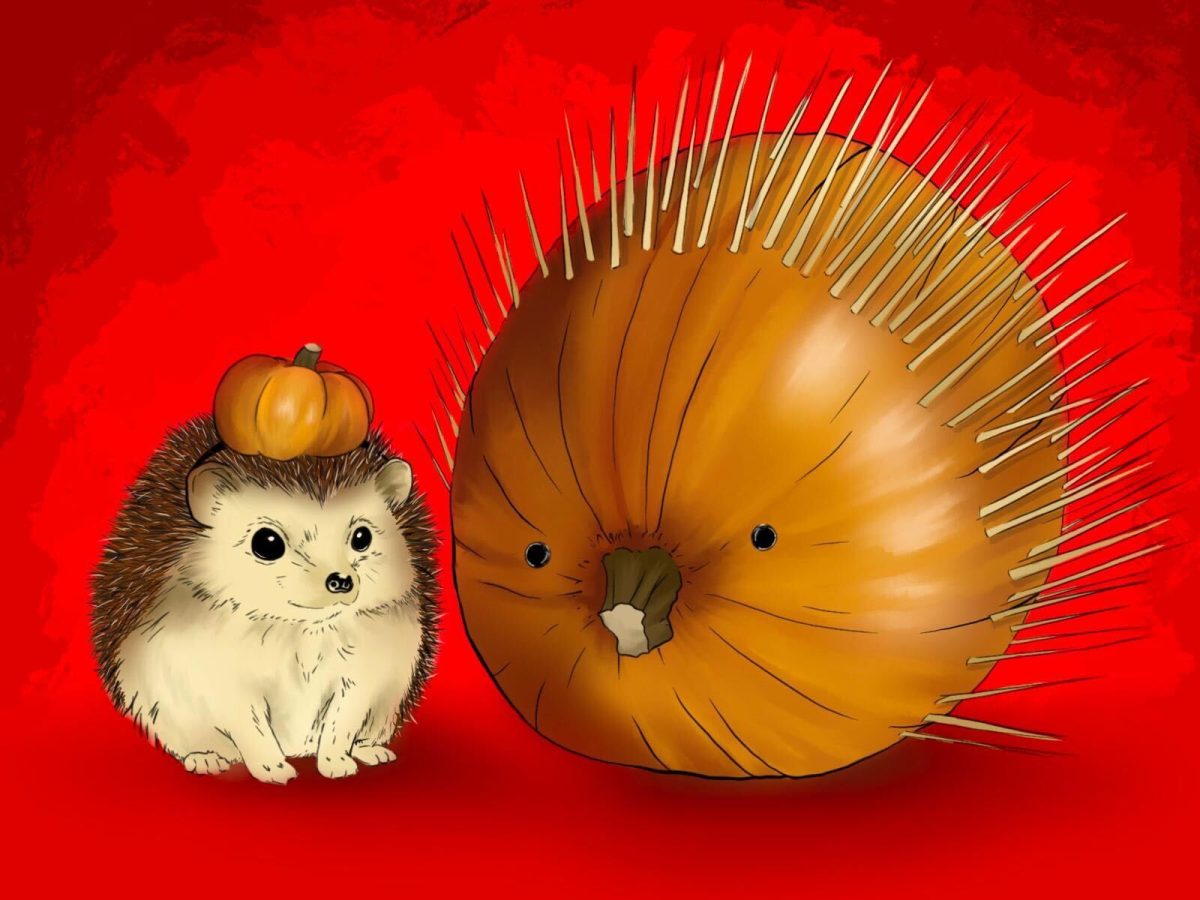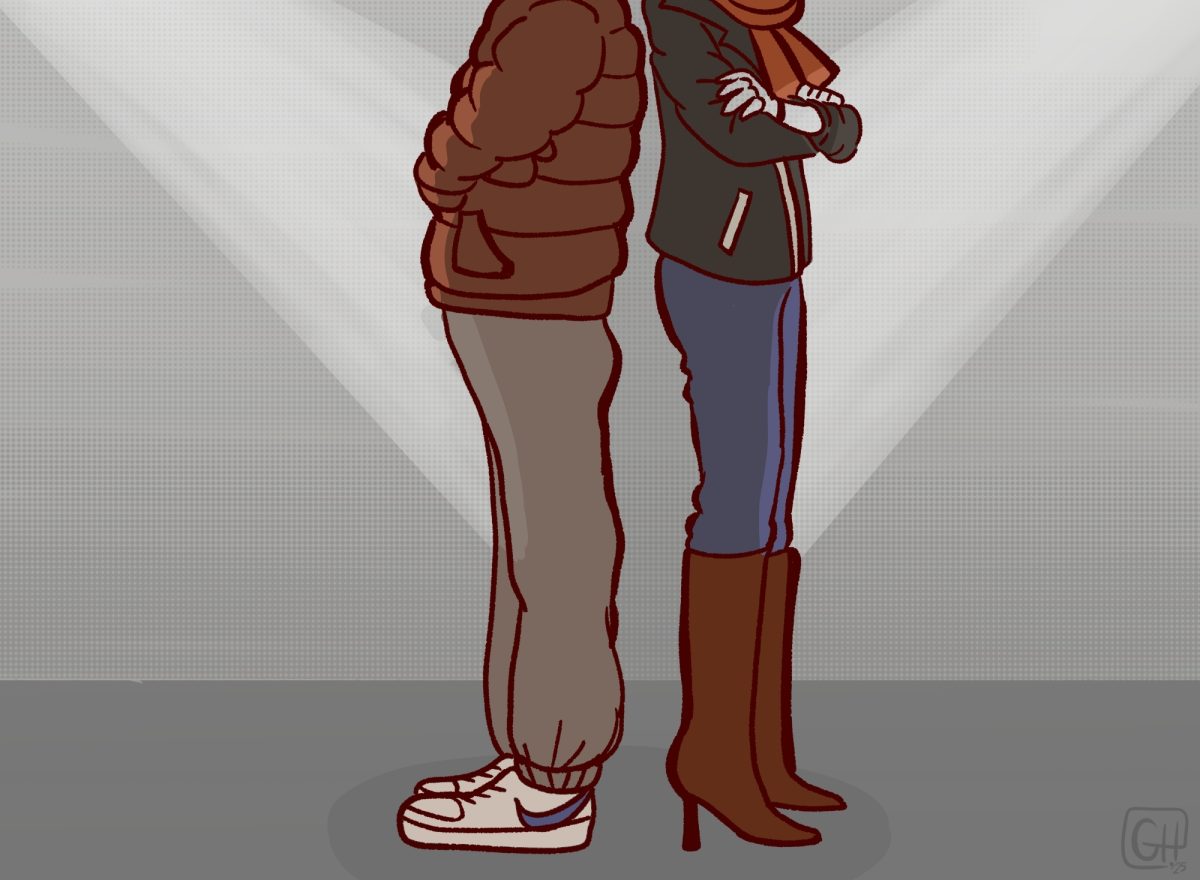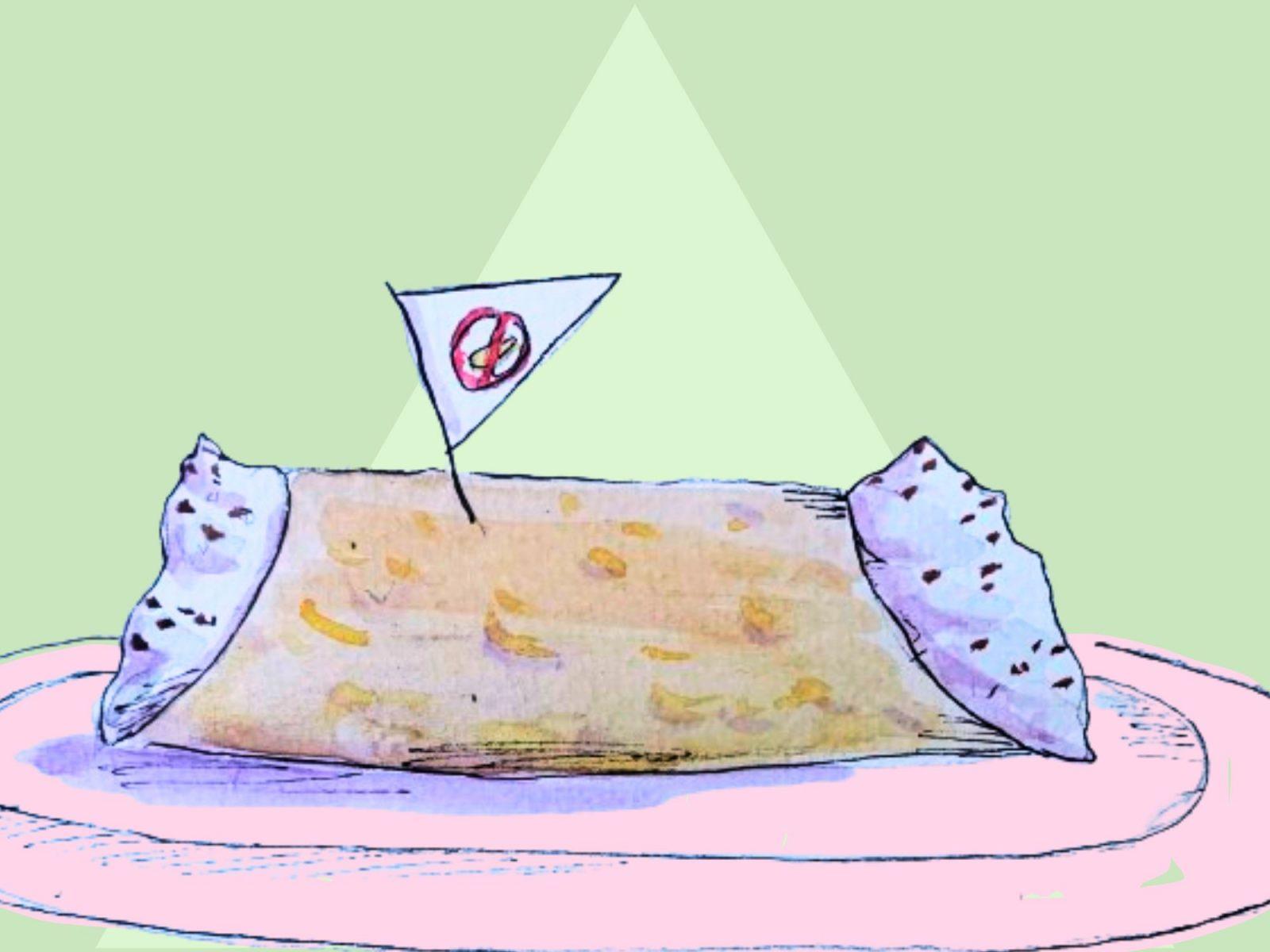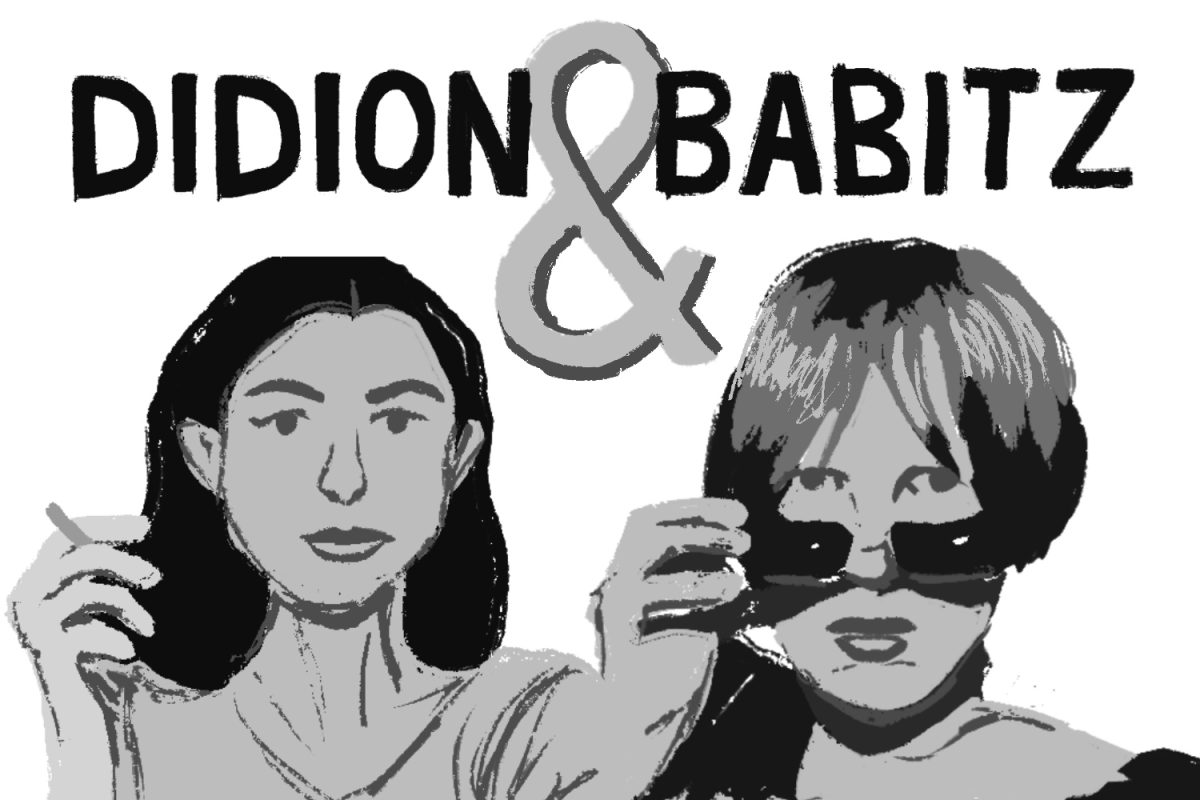I had never heard of Maria Semple’s 2012 novel “Where’d You Go, Bernadette?” when I picked it up at the South Boston branch of the Boston Public Library’s monthly book sale.
I was simply drawn to the eye-catching graphic on the front cover and the $1 price tag. As I flipped the book over to view the back cover, I was shocked to read all the praise the book received. Both the front and back cover were chock-full of pull quotes from publications such as the New York Times, TIME Magazine and ELLE.
Quickly, I became invested with the mystery at the center of the book’s plot — and a mystery of my own: How had I never heard of such a highly lauded book?
I took the book home and gobbled it down in two days. Admittedly, I am a fast reader, but the story is so compelling that I’m sure most people could finish it just as quickly.
The plot of the book centers on 15-year-old Bee Branch’s investigation into the sudden disappearance of her reclusive mother, Bernadette Fox. Initially, I thought the plot summary on the back cover was false advertising — Bernadette doesn’t actually disappear until much later in the book. However, it makes it so much more intriguing when she actually disappears after you learn so much more about her life.
Told through a series of messages between a host of different characters and with the occasional narration from Bee, the story unfolds at a rapid pace.
Between the cinematic quality of the plot and the evocative descriptions of the culminating scenes in Antarctica, I’m not shocked that it was picked up for a Hollywood adaptation in 2019, featuring Cate Blanchett.
The characters are quirky, earnest and make you want to root for them even when they are doing bad things — even the most overbearing tiger moms at Bee’s school. In fact, one of the book’s strengths is that there are no villains. The second you think Semple has crafted an evil antagonist, that character comes to the rescue.
Although the book is modern, it was also published more than a decade ago. The reliance on emails and occasional use of a fax machine is one giveaway, and the focus on Microsoft as a tech giant is another — no shade to Microsoft.
This uniquely 2012 quality is endearing, but it also seems to be the root of my qualms with the book.
You absolutely have to suspend your disbelief regarding the content of the letters that frame the plot. I find it hard to believe these characters with very busy lives are writing such thorough letters to each other with vibrant and to-the-minute details.
I don’t think anyone has ever written such exhaustive letters, but it’s safe to say that even 15 years ago, letters may have had a little more substance than they do today. We have become so accustomed to word counts, character limits and sharing information in the moment that I doubt anyone would write a letter with such detail — let alone write a letter at all.
On top of that, the internet has made us so cynical. The plot of the novel or the content of the letters wouldn’t have been any more realistic 15 years ago, but I think more people would have been willing to put aside their suspicions and enjoy the book for what it is.
The fantastical elements of the plot may be a reason this book hasn’t remained popular, but I personally loved the escapist quality of the book. What I didn’t love, though, was the very 2012 way the book deals with race and ethnicity.
Don’t get me wrong — there are no directly discriminatory quotes or passages in the book. Still, the book reeks of the Obama-era belief that we live in a society without racism and don’t have to be mindful of how we portray characters of diverse backgrounds. Most of the characters in the book who are people of color play very minor roles, some of which are rooted in stereotypes and microaggressions.
To some extent, I believe Semple wrote some of these depictions to illustrate the many cultural blind spots this cast of predominantly white progressive characters has.
For example, there’s a moment where Bee refers to her father’s assistant and short-term affair partner, Soo-Lin, as “Yoko Ono.” Later, she apologizes to her dad, explaining she was only referring to her as “Yoko Ono” because Soo-Lin broke up their family unit the way Ono broke up The Beatles — not because Soo-Lin is Asian.
It’s a clever moment that points out Bee’s naivety. The joke is about race, but Bee is the butt of the joke, not Soo-Lin. Still, I’m not sure every cringeworthy mention of someone’s background is needed to illustrate a point.
One glaring example is Bee’s full government name: Balakrishna Branch. Bala Krishna is the name of the child form of the Hindu deity, Krishna. Krishna is typically depicted with blue skin, and Bee was born with a heart condition that made her have blue skin when she was born.

While there isn’t anything innately wrong with borrowing a name from another culture, their reasons for naming Balakrishna as such definitely veer towards cultural appropriation — as opposed to appreciation. Perhaps, it’s a clever connection to draw, but I’d argue that it’s a bit offensive, particularly because it’s seemingly played for laughs.
Overall, “Where’d You Go, Bernadette?” is a great book, but I’m not surprised that it hasn’t stood the test of time. I’ve heard Kimberly Bellflower’s play, “John Proctor is the Villain,” described as a modern period piece, and I think it’s safe to describe “Where’d You Go, Bernadette?” in the same way.
“Where’d You Go, Bernadette?” may have disappeared from the public view like Bernadette Fox herself, but it’s worth finding again — as long as you treat it as a product of 13 years ago.


